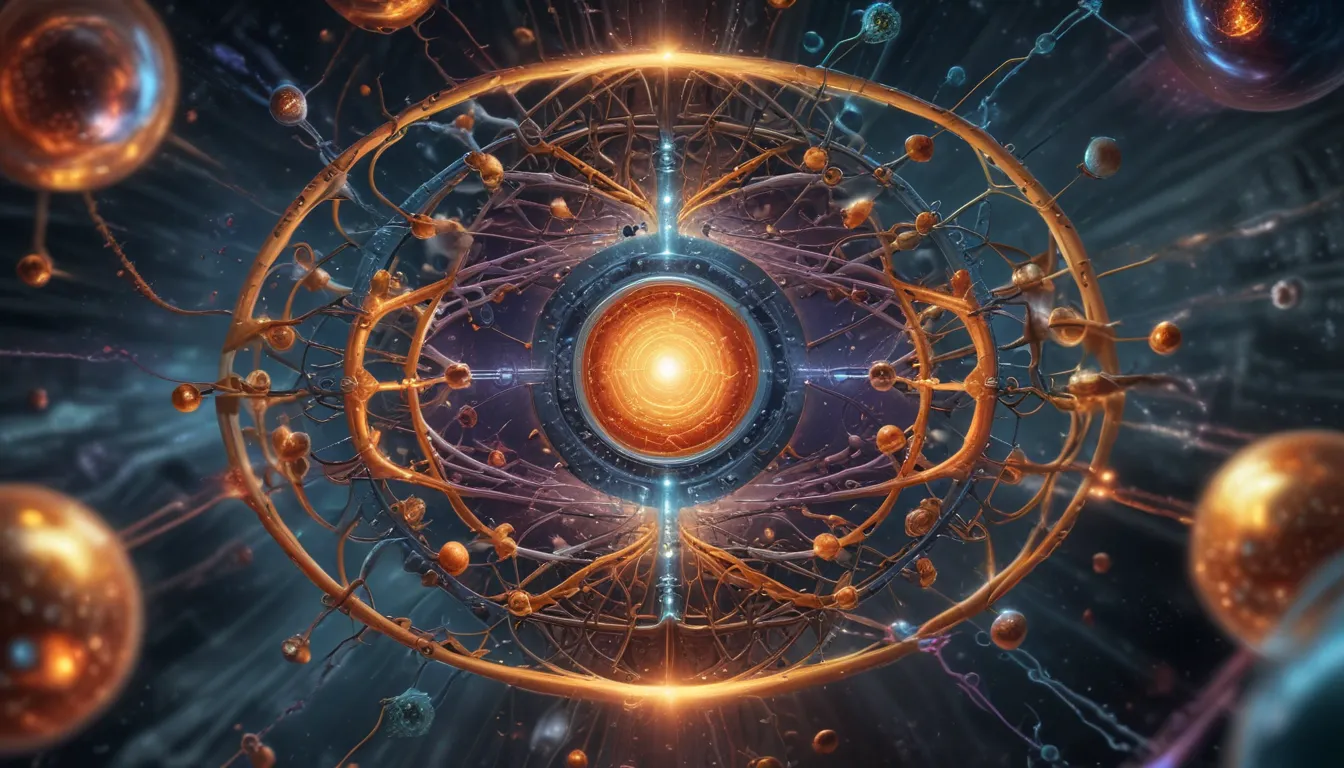A Note About Images: The images used in our articles are for illustration purposes only and may not exactly match the content. They are meant to engage readers, but the text should be relied upon for accurate information.
Have you ever pondered the mind-bending world of quantum superposition? This intriguing concept, central to quantum mechanics, challenges our everyday intuition and opens doors to groundbreaking advancements in science and technology. In this article, we will delve into 15 fascinating facts about quantum superposition that will surely captivate and inspire you, shedding light on the strange and wondrous realm of quantum physics.
Unraveling the Mystery of Quantum Superposition
- Quantum superposition allows particles to exist in multiple states simultaneously, defying our classical understanding of reality and paving the way for quantum computing and teleportation.
- This concept is akin to Schrödinger’s cat being both alive and dead until observed, showcasing the peculiar yet practical applications of quantum physics in sensing and imaging.
The Fundamental Principle of Quantum Superposition
Quantum superposition is a phenomenon where a quantum system can exist in multiple states concurrently, allowing particles to exist in multiple places or possess various properties at the same time. It is a key feature of quantum mechanics, distinguishing it from classical physics and driving innovations in quantum computing.
Quantum Superposition in Action
- Quantum superposition enables quantum computers to perform complex calculations at an exponential pace by leveraging quantum bits, or qubits, that exist in multiple states simultaneously.
- Experimentally verified through various tests like the double-slit experiment, quantum superposition challenges our intuitive understanding of reality and prompts us to reevaluate fundamental concepts.
The Pioneering Work of Erwin Schrödinger
Austrian physicist Erwin Schrödinger introduced the concept of quantum superposition, formulating the renowned Schrödinger’s equation that elucidates how quantum systems evolve over time. His contributions laid the groundwork for further exploration in the field of quantum physics.
Quantum Superposition Beyond Particles
While commonly associated with subatomic particles, quantum superposition extends to larger objects such as superconducting circuits and microscopic diamonds. These real-world applications highlight the versatility of quantum superposition in diverse systems.
Quantum Superposition and Quantum Technologies
- Quantum superposition plays a vital role in quantum technologies, fostering advancements in quantum computing, cryptography, and sensing.
- Its implications in quantum interference and quantum entanglement underscore its significance in shaping the future of scientific and technological innovation.
Unlocking Potential: Quantum Superposition in Practice
- Quantum superposition facilitates quantum teleportation through quantum entanglement, enabling secure communication and quantum information processing.
- Its practical applications in sensing and imaging empower quantum sensors to achieve higher precision in measuring physical quantities, revolutionizing various fields.
The Intriguing Schrödinger’s Cat Experiment
Schrödinger’s cat thought experiment exemplifies the concept of quantum superposition, illustrating a cat enclosed in a box with a radioactive substance that exists in a superposition of being both alive and dead until observed.
Quantum Superposition: A Gateway to Quantum Technologies
Quantum superposition serves as a foundation for quantum technologies, propelling advancements in quantum computing, cryptography, and sensing. Its role in explaining quantum wave-particle duality and quantum entanglement is pivotal in unraveling the mysteries of the quantum world.
Embracing the Future: Harnessing Quantum Superposition
As we navigate the intricate landscape of quantum superposition, we embark on a journey of discovery and innovation. From the enigmatic Schrödinger’s cat experiment to the boundless potential of quantum computing, the realm of quantum superposition offers a glimpse into a future filled with possibilities for scientific exploration.
Conclusion
Quantum superposition stands as a beacon of curiosity and potential in the realm of physics, transcending the boundaries of our classical understanding. Embracing its probabilistic nature and wave-particle duality, we delve into a world of limitless possibilities and transformative technologies. The quest to unravel the mysteries of quantum superposition continues, promising new insights and groundbreaking discoveries on the horizon.
FAQs
Q: What is quantum superposition?
A: Quantum superposition is a fundamental principle of quantum mechanics that asserts a quantum system’s ability to exist in multiple states simultaneously until observed or measured.
Q: How does quantum superposition work?
A: Quantum superposition arises from wave-particle duality, where particles demonstrate both wave-like and particle-like behavior. It is mathematically described through a combination of wave functions and probabilities.
Q: What is the significance of quantum superposition?
A: Quantum superposition is crucial for the development of quantum computers, facilitating exponential speed in problem-solving. Its impact extends to fields like cryptography, communication, and teleportation.
Q: Can we observe quantum superposition?
A: Direct observation of quantum superposition is not possible, as measurement collapses the quantum system into one of its potential states. However, its effects can be indirectly observed through experimental investigations.
Q: Are there limitations to quantum superposition?
A: Quantum superposition is sensitive to external interactions, leading to decoherence that can disrupt the quantum state. Scientists are actively researching methods to mitigate this limitation and enhance the stability of quantum systems.
Q: How is quantum superposition different from classical superposition?
A: In contrast to classical superposition, which involves the combination of observable physical states, quantum superposition encompasses multiple quantum states that persist until measurement or observation.
Embark on a journey of scientific wonder and exploration as you uncover the intricate world of quantum superposition. Let your imagination soar as you grasp the profound implications of this fascinating concept in shaping the future of science and technology.






